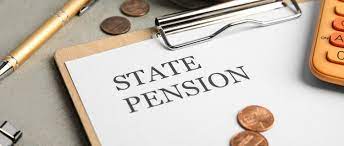Back in 1953, Rab Butler was chancellor of the exchequer and the UK was still in recovery mode from the Second World War.
The income tax system was a little more progressive than it is now, with four different rates depending on your level of income. The personal allowance was £200 per annum (the equivalent of just over £7,000 in today’s money considering inflation). These days, the first £12,570 of income is tax-free.
On annual income of between £200 and £400 you’d pay just 6%, then 12.5% on income of between £400 and £1,000, 20% on income between £1,000 and £2,000 and a top rate of 50% on income in excess of £2,000 (the equivalent of just over £71,000 in today’s money. So, you could earn up to the equivalent of over £71,000 without having to pay more than 20% income tax. Compare that to the £50,270 higher-rate tax threshold today, when the rate jumps from 20% to 40%.
But for companies, the landscape was far less attractive; they paid corporation tax at the monstrous rate of 42.5% on profits up to £10,000 (the equivalent of £357k in today’s terms) and then at an even higher 50% on profits in excess of this. Compare that with the current situation in which companies pay tax of between 19% and 25% depending on their profitability.
National insurance contributions (introduced in 1948) for employees ranged from 4.5% to 8.5% depending on income. Today, despite a crumbling NHS, employees are forced to hand over 12%. For employers, national insurance contributions were payable on male employees at 6.5% on earnings over £9 per week whereas for female employees, the rate was just 4.5% but on a lower threshold of £7 per week. Today, the rate is 13.8%.
These days a company can claim 100% tax relief on their purchase of assets like plant and equipment. Back in 1953 they’d typically get tax relief on 20% of the cost each year for five years, so the tax benefit was spread over a longer period rather than being ‘up front’.
And finally, there was no VAT in 1953 but there was a purchase tax (introduced in 1940 during the War) payable at the point of sale; it ranged from 30% for luxury goods like jewellery down to 5% for basic items.








